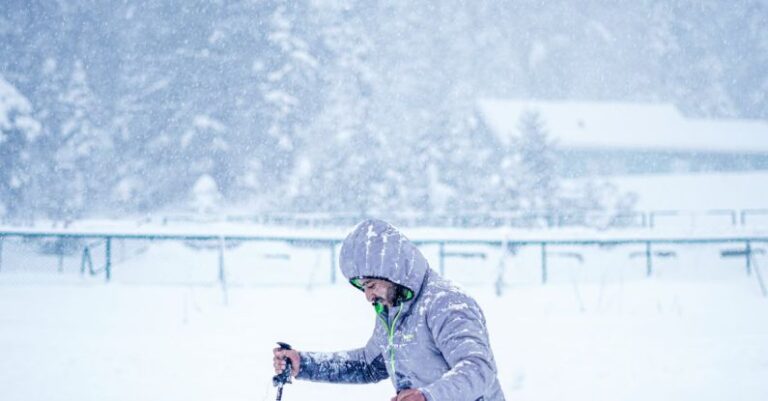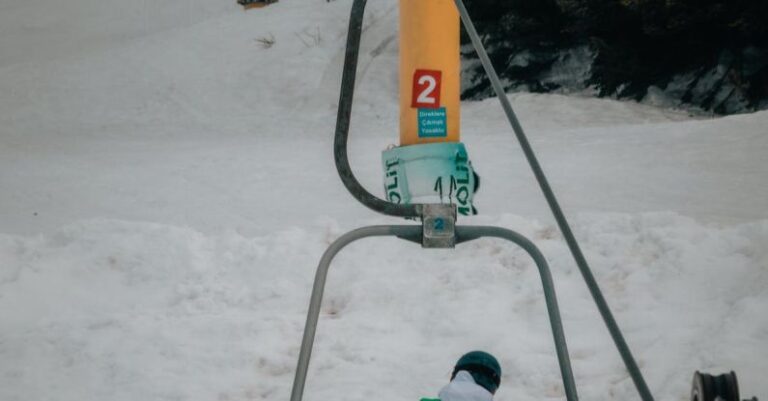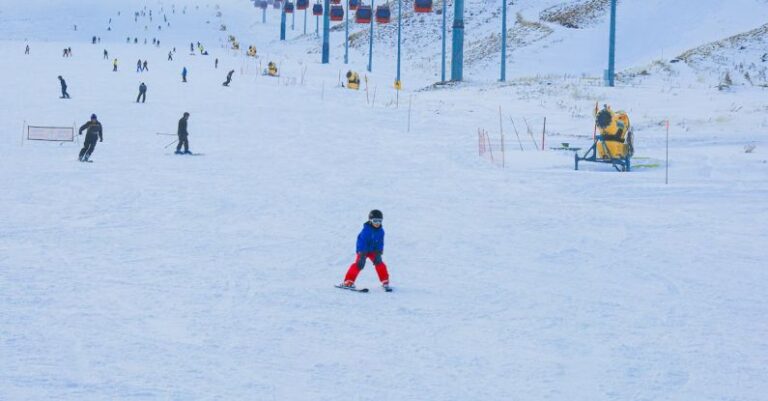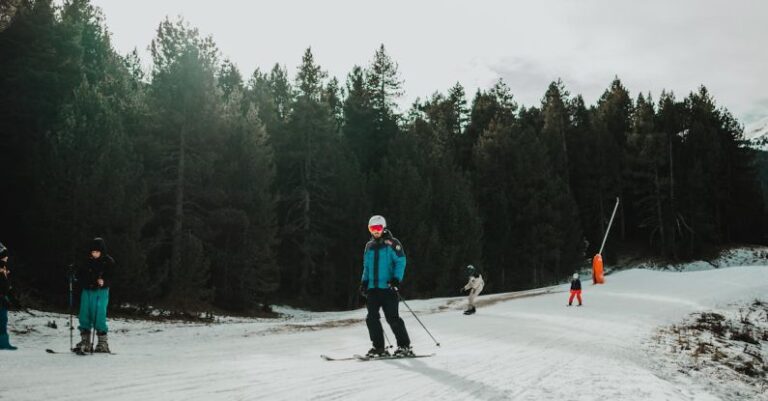
Cross-country skiing is a fantastic way to enjoy the great outdoors while getting a full-body workout. However, finding the right pair of cross-country skis can be a daunting task, especially for beginners. With a multitude of options available, it’s essential to know what to look for in order to choose the perfect skis that suit your needs and skill level. Here are some key factors to consider when selecting the right cross-country skis.
Understanding Different Types of Cross-country Skis
Before diving into the selection process, it’s crucial to understand the different types of cross-country skis available. Classic skis are designed for tracks and groomed trails, featuring a grip zone underfoot for traction. Skate skis, on the other hand, are ideal for skating techniques on groomed trails and have no grip zone. Backcountry skis are wider and more robust, suitable for off-trail adventures in ungroomed terrain. Understanding the purpose of each ski type will help you narrow down your options based on your intended skiing style.
Consider Your Skill Level
Your skill level plays a significant role in determining the type of cross-country skis that are right for you. Beginners are generally recommended to start with classic skis, as they provide stability and control on groomed trails. Intermediate skiers may opt for skate skis to challenge themselves with more dynamic movements. Advanced skiers looking for off-trail adventures might prefer backcountry skis for their versatility and durability. Be honest with yourself about your skill level to ensure you choose skis that will enhance your skiing experience rather than hinder it.
Length and Width of Skis
The length and width of cross-country skis are essential factors to consider when making your selection. The length of the skis affects their stability and maneuverability, with longer skis providing more glide and shorter skis offering better control. As a general rule, classic skis should reach between your shoulder and chin, while skate skis are typically chin-length or shorter. When it comes to width, narrower skis are faster and more efficient on groomed trails, while wider skis offer better stability and floatation in deep snow.
Ski Materials and Construction
The materials and construction of cross-country skis can significantly impact their performance and durability. Traditional wooden skis provide a classic look and feel, with excellent flex and glide properties. Modern composite skis, made of materials like fiberglass, carbon fiber, or a combination of both, are lighter and more responsive, offering enhanced performance on various terrains. Consider your skiing style and preferences when choosing between traditional wooden skis and high-tech composite skis to find the right balance of performance and comfort.
Binding Compatibility
Ensuring that your boots are compatible with your ski bindings is crucial for a successful skiing experience. Different types of bindings are designed for specific skiing techniques, so make sure your boots match the bindings on your chosen skis. Classic bindings are typically NNN (New Nordic Norm) or SNS (Salomon Nordic System), while skate bindings are commonly NNN or NIS (Nordic Integrated System). Backcountry bindings may vary, so check with a professional if you’re unsure about compatibility to avoid any issues on the trails.
Choosing the Right Cross-country Ski Boots
In addition to selecting the right skis, choosing the appropriate cross-country ski boots is equally important for comfort and performance. Make sure your boots fit snugly but comfortably, providing adequate ankle support and flexibility for efficient skiing movements. Consider the type of skiing you’ll be doing when selecting boots, as classic, skate, and backcountry boots have specific features tailored to each skiing style. Try on different boots to find the perfect fit and ensure a comfortable and enjoyable skiing experience.
Maintaining Your Cross-country Skis
Once you’ve chosen the right cross-country skis, proper maintenance is essential to prolong their lifespan and ensure optimal performance. Regularly waxing your skis will enhance their glide and protect the base from wear and tear. Store your skis in a cool, dry place away from direct sunlight to prevent warping or damage. Inspect your skis before each outing to check for any signs of damage or wear that may affect their performance. With proper care and maintenance, your cross-country skis will continue to provide you with years of enjoyment on the trails.
In conclusion,
Choosing the right cross-country skis is a personal decision that should be based on your skiing style, skill level, and preferences. By understanding the different types of skis, considering your skill level, and focusing on factors like length, width, materials, and bindings, you can make an informed choice that will enhance your skiing experience. Take the time to try out different skis, boots, and bindings to find the perfect combination that suits your needs and allows you to enjoy all that cross-country skiing has to offer. With the right equipment and a sense of adventure, you’ll be gliding effortlessly through winter wonderlands in no time.





